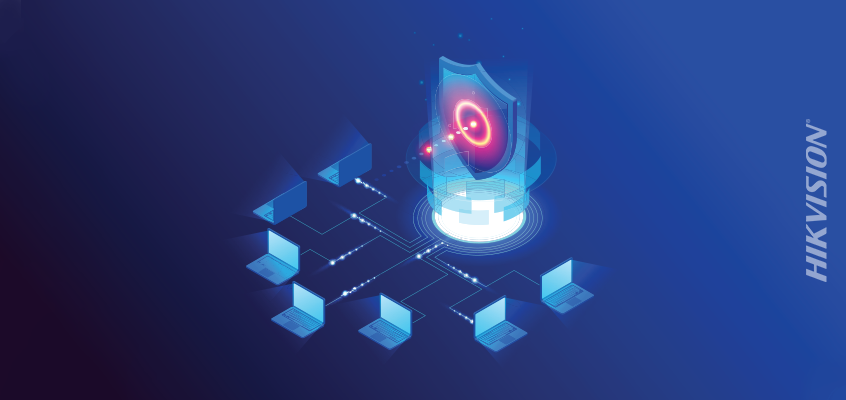La 3e étude annuelle du Ponemon Institute révèle que les vulnérabilités des terminaux sont les cibles les plus exploitées

Astuces de Hikvision pour prévenir les exploitations et le piratage de compte
La 3e étude annuelle du Ponemon Institute sur la sécurité des terminaux a révélé que 68 % des professionnels de la sécurité ont classé les attaques de terminaux en tête des vulnérabilités exploitées par les pirates informatiques en 2019, selon l’article dans le SecurityInfoWatch.com (SIW).
Dans l’article : “Parmi les attaques ayant réussi, 80 % étaient des attaques nouvelles ou inconnues, soit des ‘‘attaques du jour zéro’’. Ces attaques impliquaient soit l’exploitation de vulnérabilités non divulguées, soit l’utilisation de nouvelles variantes de logiciels malveillants que les solutions de détection basées sur les signatures ne reconnaissent pas. La fréquence des attaques du jour zéro continue d’augmenter et devrait plus que doubler au cours de l’année à venir. Ces attaques causent également plus de dommages aux entreprises. L’étude a révélé que le coût moyen par violation était passé à 9 millions de dollars en 2019, soit une hausse de plus de 2 millions de dollars depuis 2018.”
D’autres résultats ont révélé que 40 % des répondants déclarent qu’il leur faut plus de temps pour combler les lacunes de vulnérabilité. Selon l’article de SIW, les exploitations de correctifs seront également une préoccupation majeure en 2020, lorsque les organisations passeront de Windows 7 à Windows 10.
“Plus de la moitié des professionnels de la cybersécurité affirment que leurs organisations ne parviennent pas à déjouer les menaces majeures, car leurs solutions de sécurité ne sont pas en mesure de détecter les attaques avancées de manière efficace’’, selon Larry Ponemon, président et fondateur de l’institut Ponemon, dans l'article.
Hikvision fournit plus d’informations sur la prévention des exploitations par porte dérobée et des piratages de compte dans ce blogue: “Les pirates informatiques utilisent des failles de sécurité pour attaquer les entreprises.”
